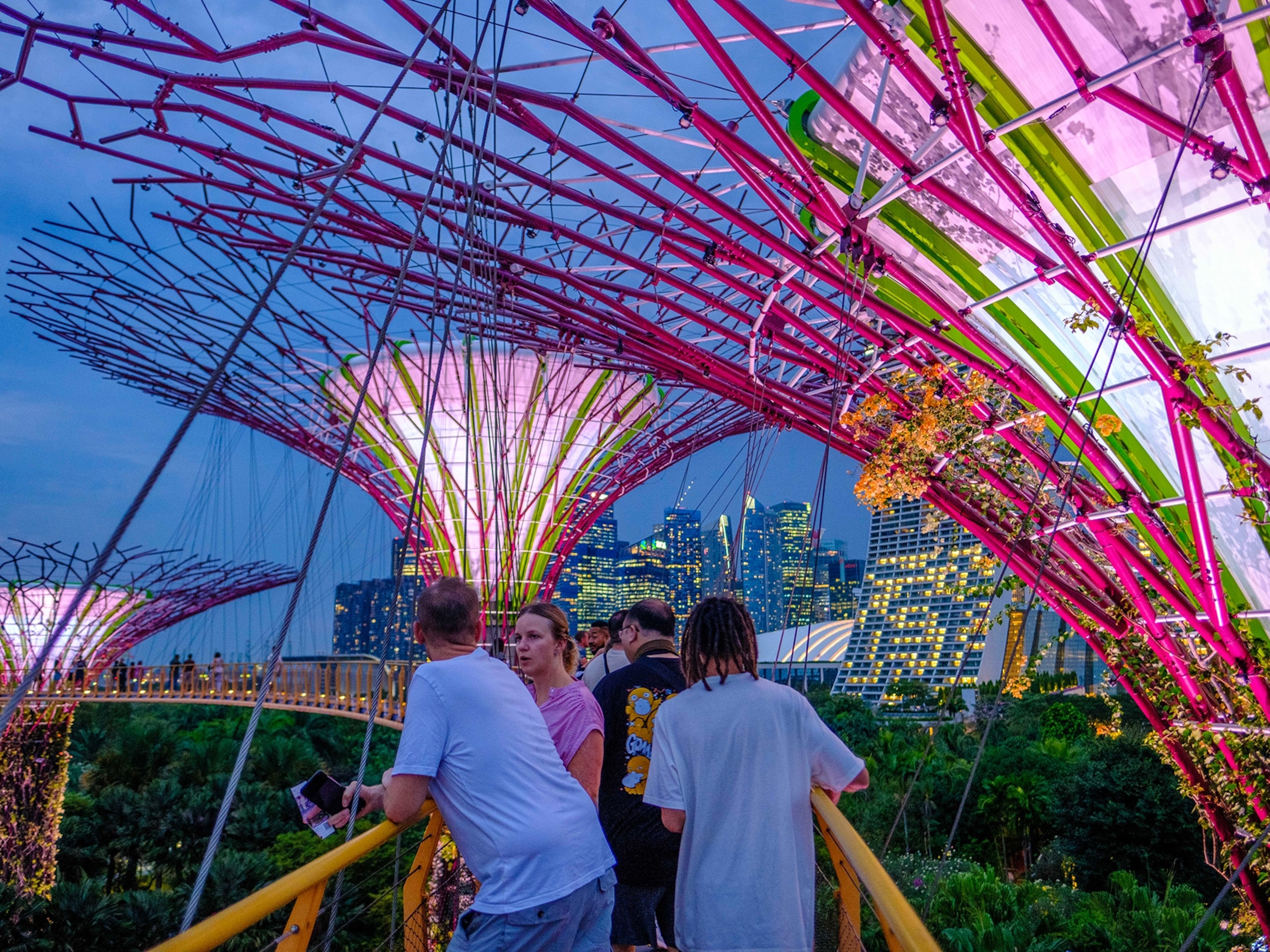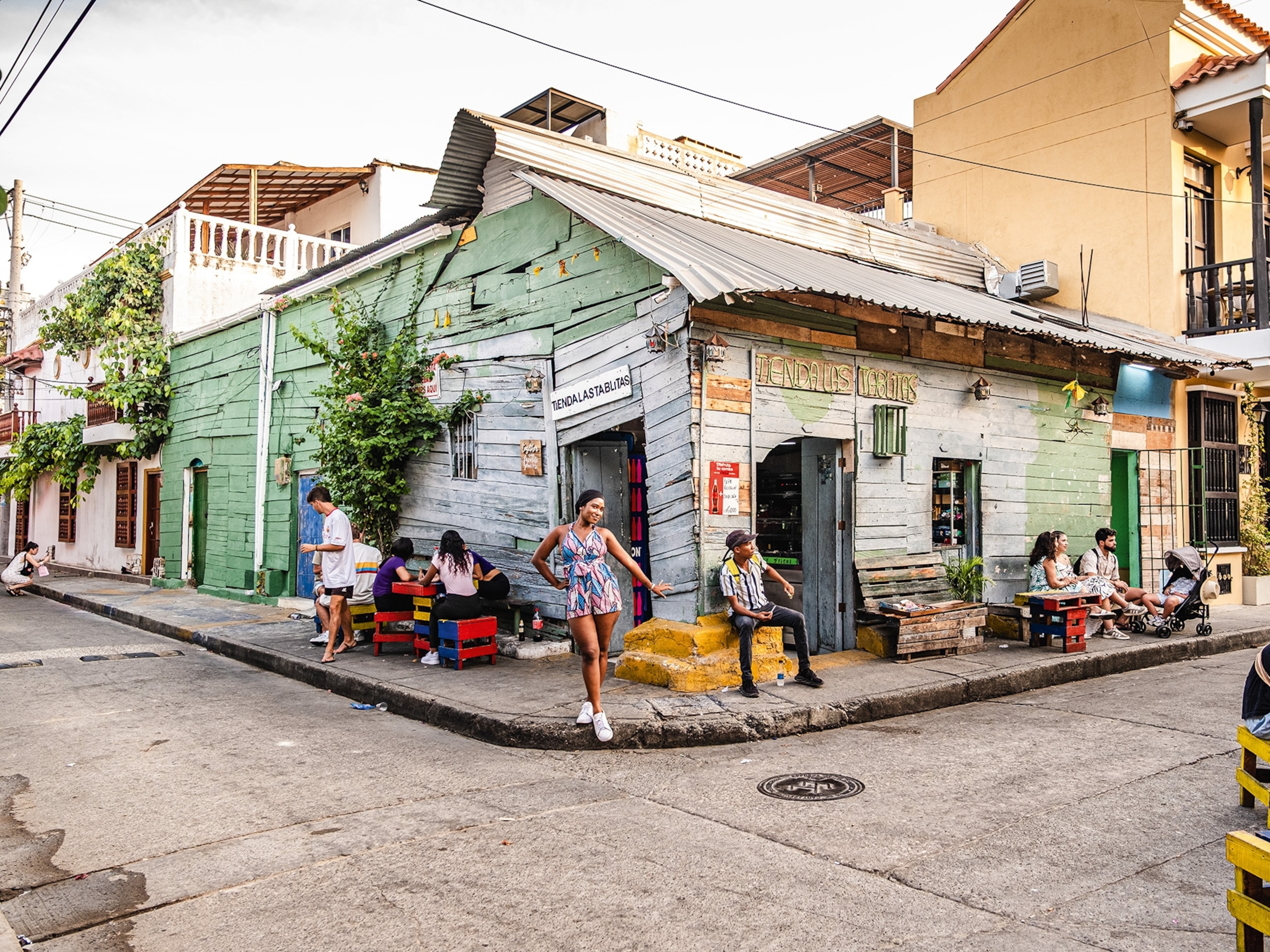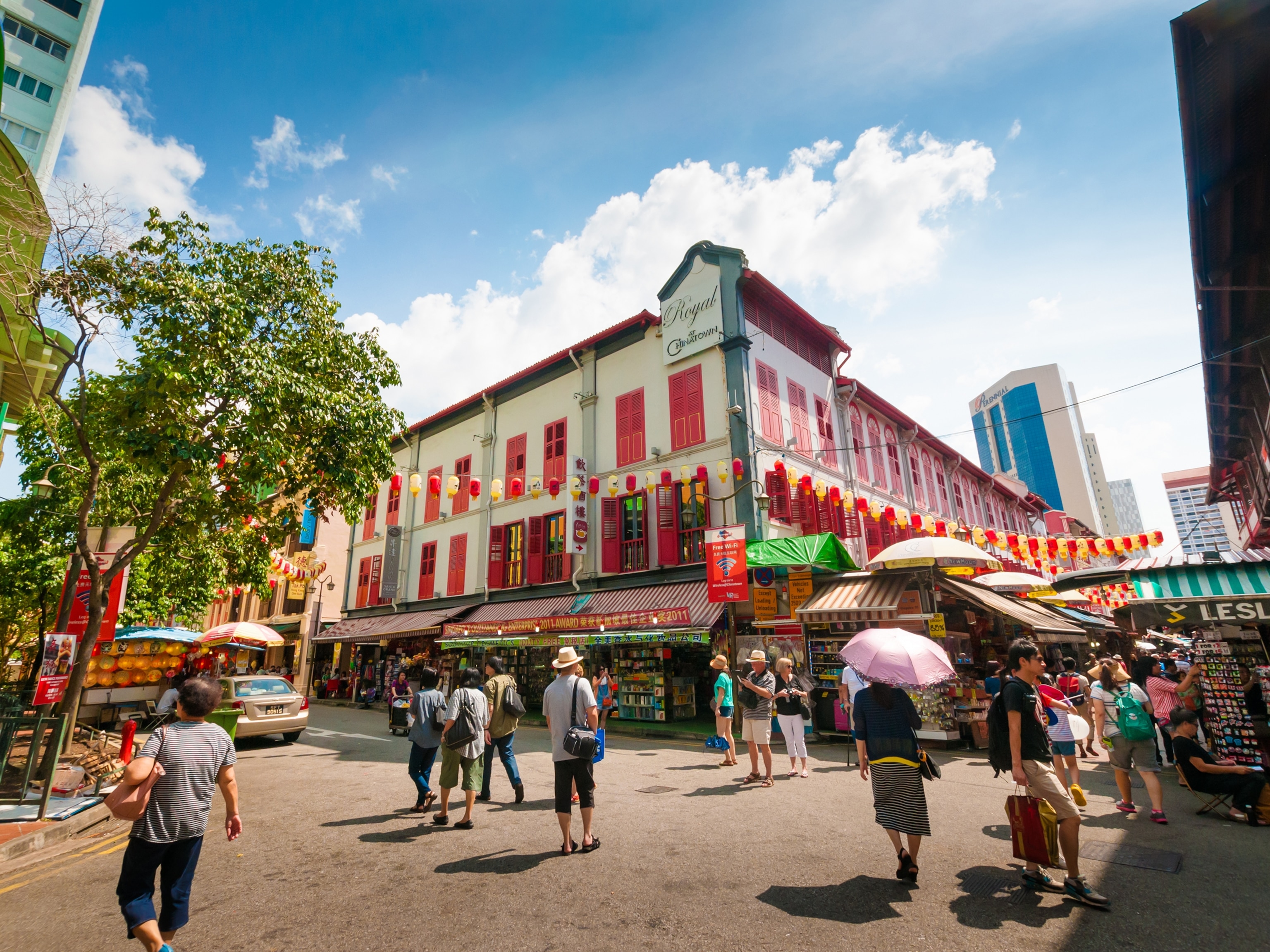Take a stroll down Telok Ayer Street, past the bustling cafes, street food stalls and concept restaurants. The air is thick with scents of coffee and spices. Suddenly one catches a waft of incense, emanating from a temple wedged between the standard hallmarks of a contemporary metropolis.
Once located right on the seafront, the Thian Hock Keng Temple and Yueh Hai Ching Temple, which were built for the Hokkien and Teochew community respectively, stand close to the Al-Abrar Mosque and the Chinese Methodist Church as witnesses to the physical, spiritual and cultural growth of Singapore.
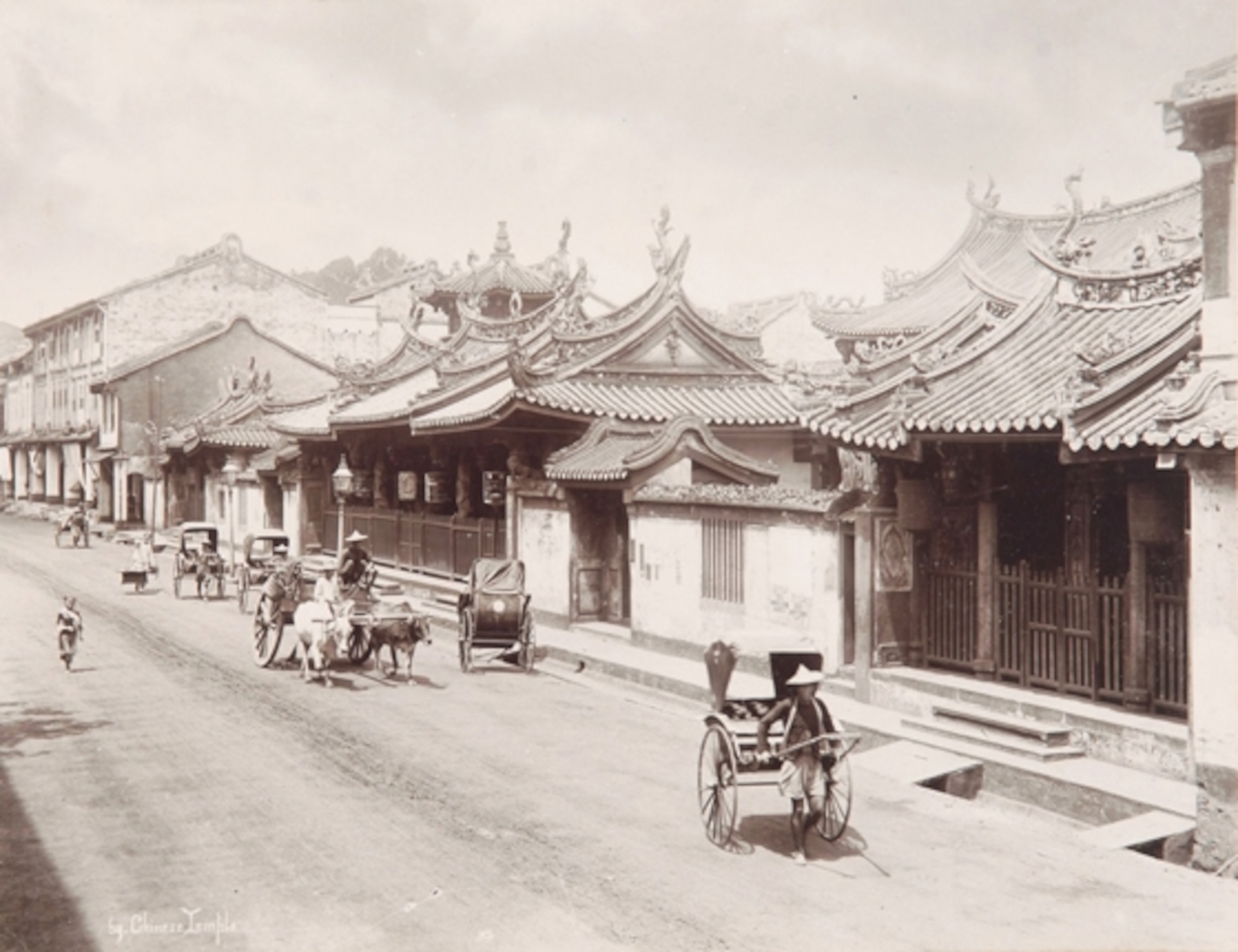
Since its foundation as a trading port in 1819, migrants have flocked to the island in hope of a better life. They established businesses and began to trade, built the structures and support frameworks for their new communities and lay down roots, and thus sparked the birth of a multicultural Singapore.
Where many diverse people converge, wonderful things happen to the local cuisine and Singapore is certainly no exception. Most Singaporean dishes borrow from more than one culinary tradition to create the world-renowned food scene it enjoys today.
“I love devil’s curry,” admits Emilio, a young writer of Eurasian and Malay descent. The dish has its roots in the sixteenth century Portuguese community in Malacca as well as South East Asian and Indian dishes. The fiercely spicy dish, also known as curry debal, is traditionally eaten at Christmas but you would be hard pressed to find anything resembling it on the streets of Lisbon. The Singaporean food landscape stands as a great metaphor for its cultural heritage. It celebrates, borrows and evolves over time.

With a multitude of diverse religions practiced in Singapore, it’s no surprise festivals have become communal celebrations being shared between faith groups and communities. Sakinah, a fitness instructor who is Muslim and of Indian and Malay descent, observes fasting and abstinence during the holy month of Ramadan and marks its end with the feasts of Hari Raya Puasa with her family. “During Hari Raya, my family and relatives gather at my cousin’s place — somewhat like a one-stop shop — so we don’t have to go around visiting,”
Sakinah also celebrates Chinese New Year with her Chinese friends whom she grew up with, participating in the tossing of yusheng for prosperity and a few rounds of mahjong, a four-player, tile-based game, popular since the Qing dynasty. On top of this, she reveals that she loves Christmas gatherings with her friends the most. “Although I don’t celebrate it in a religious sense, I love how Christmas is a holiday for my family, friends and I to gather and close the year well, by reminiscing about what the year has offered us and expressing gratitude towards one another.”
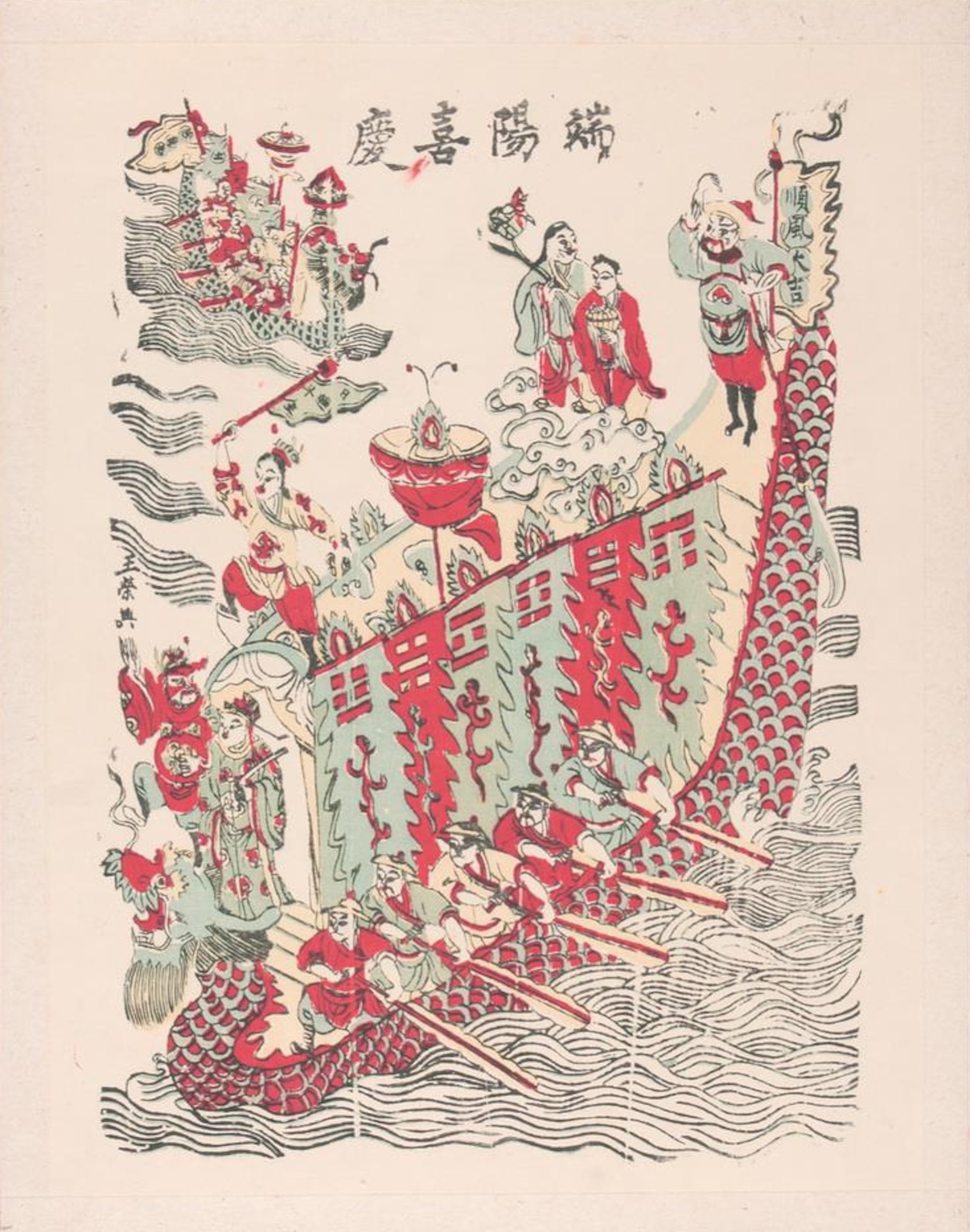

Marriage in Singapore is one of the drivers of the convergence and evolution of Singapore’s cultural heritage. In 2017, about a fifth of marriages in Singapore were between different ethnic communities. “It wasn’t difficult being married to Anita. In Singapore, we have friends from everywhere so we adapt well culturally,” says Siu Kan, a Chinese man happily wedded to his Peranakan wife, Anita. “My parents initially preferred that I marry a Peranakan, but they grew more accepting over time,” Anita adds.
When asked about what the best thing about their marriage was, Anita answered almost immediately. “For Siu Kan, the first thing I can think of for him is his love for Peranakan food. He loves my mother’s cooking,” she says laughing. Siu Kan explains. “The food on that side of the family was intense. I know for a fact that their spices are super skillfully-blended together.” Aromatic, spicy, with ingredients from Chinese, Malay and Indian influences, Peranakan cuisine is a delicious result of converging traditions.

Cultural heritage is important, for it embodies the history of a nation, a legacy of every Singaporean’s roots. Learning about culture and familiarizing ourselves with different ideologies is essential, nowhere is this more important than in Singapore. Its rich, shared history acts as a solid foothold for the community to grow together. As Singapore continues to welcome people from across the world, its cultural heritage will continue to evolve, thrive and grow evermore fascinating and colorful as it embraces the future with its own unique Singaporean confidence.



